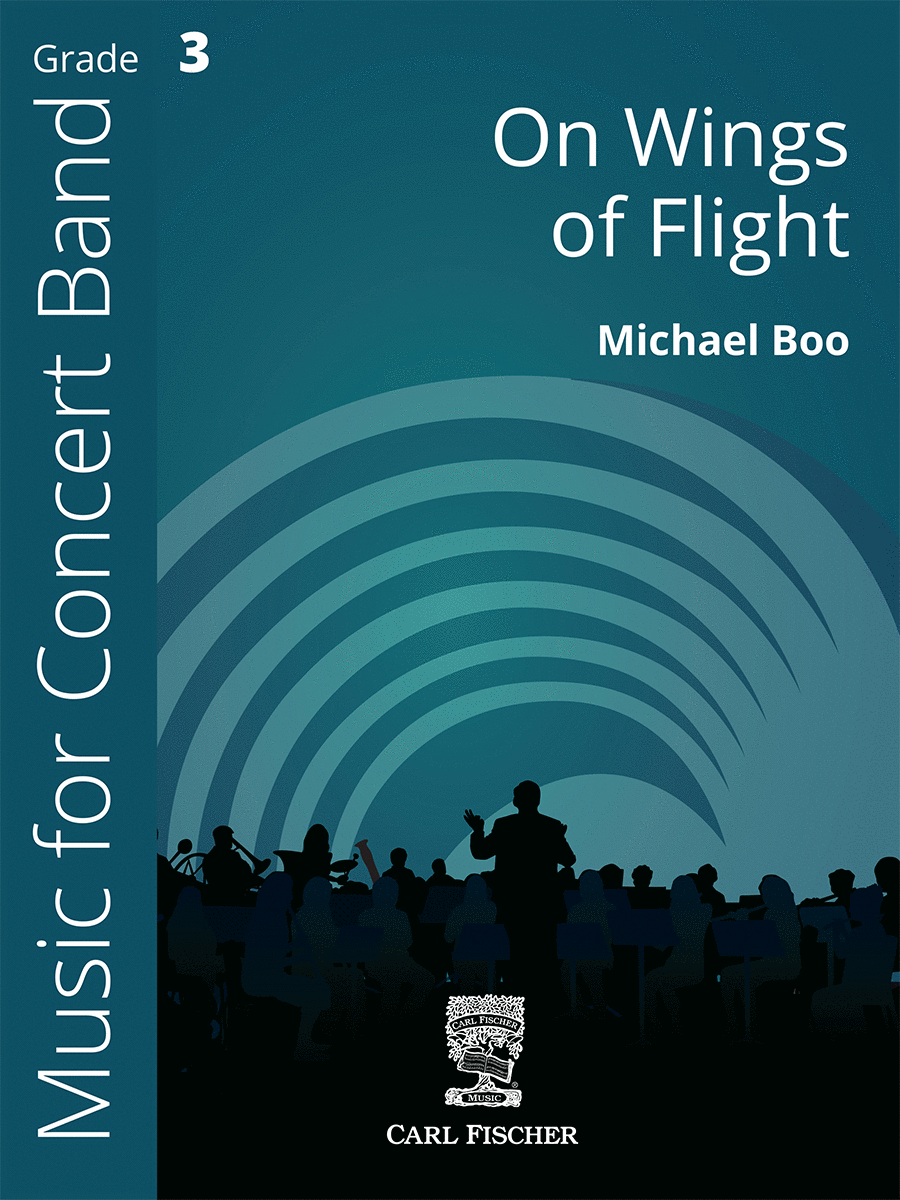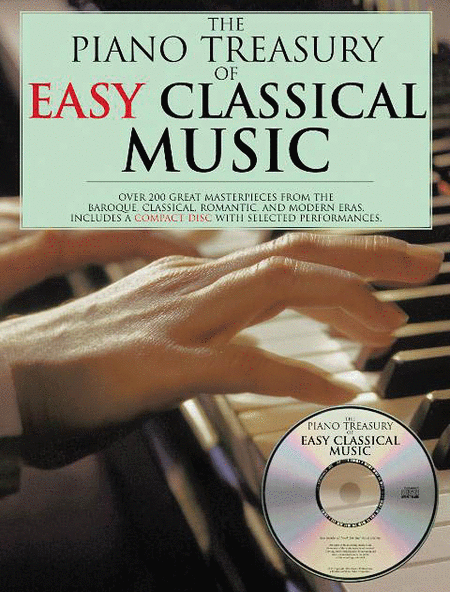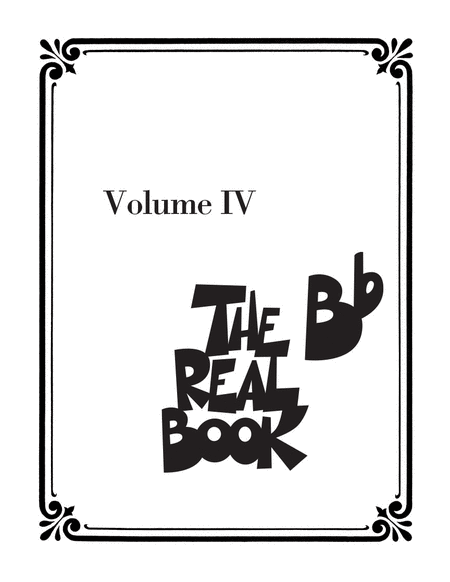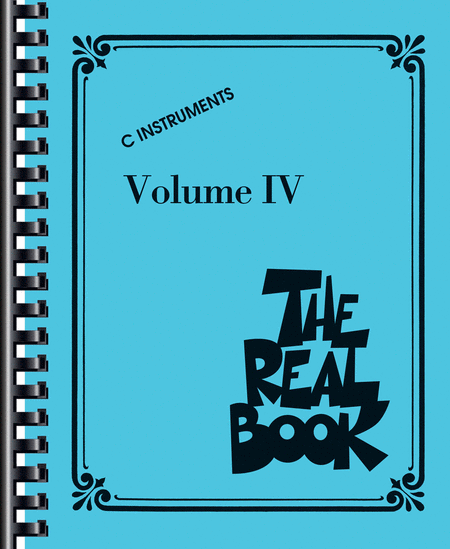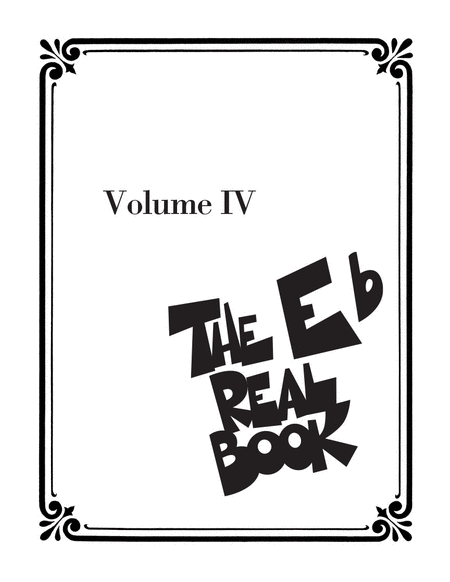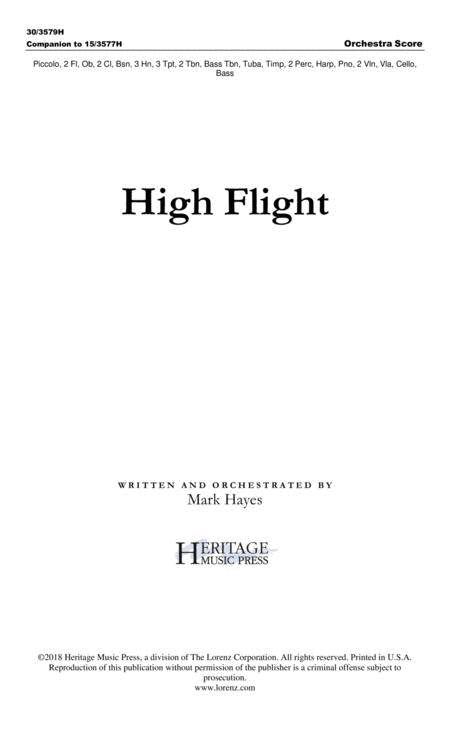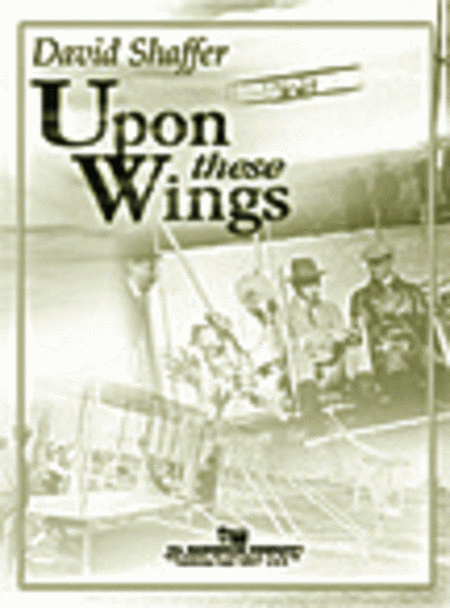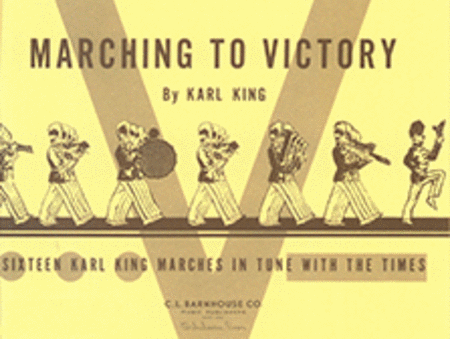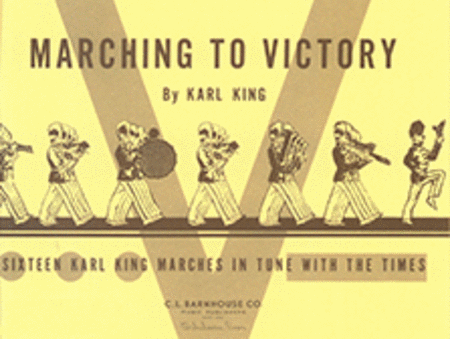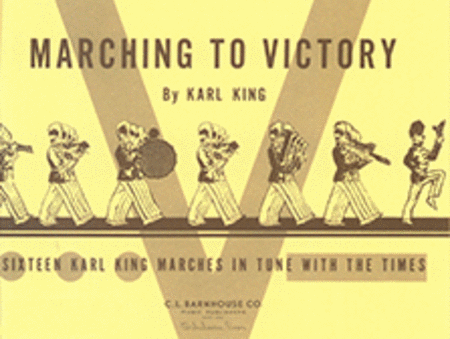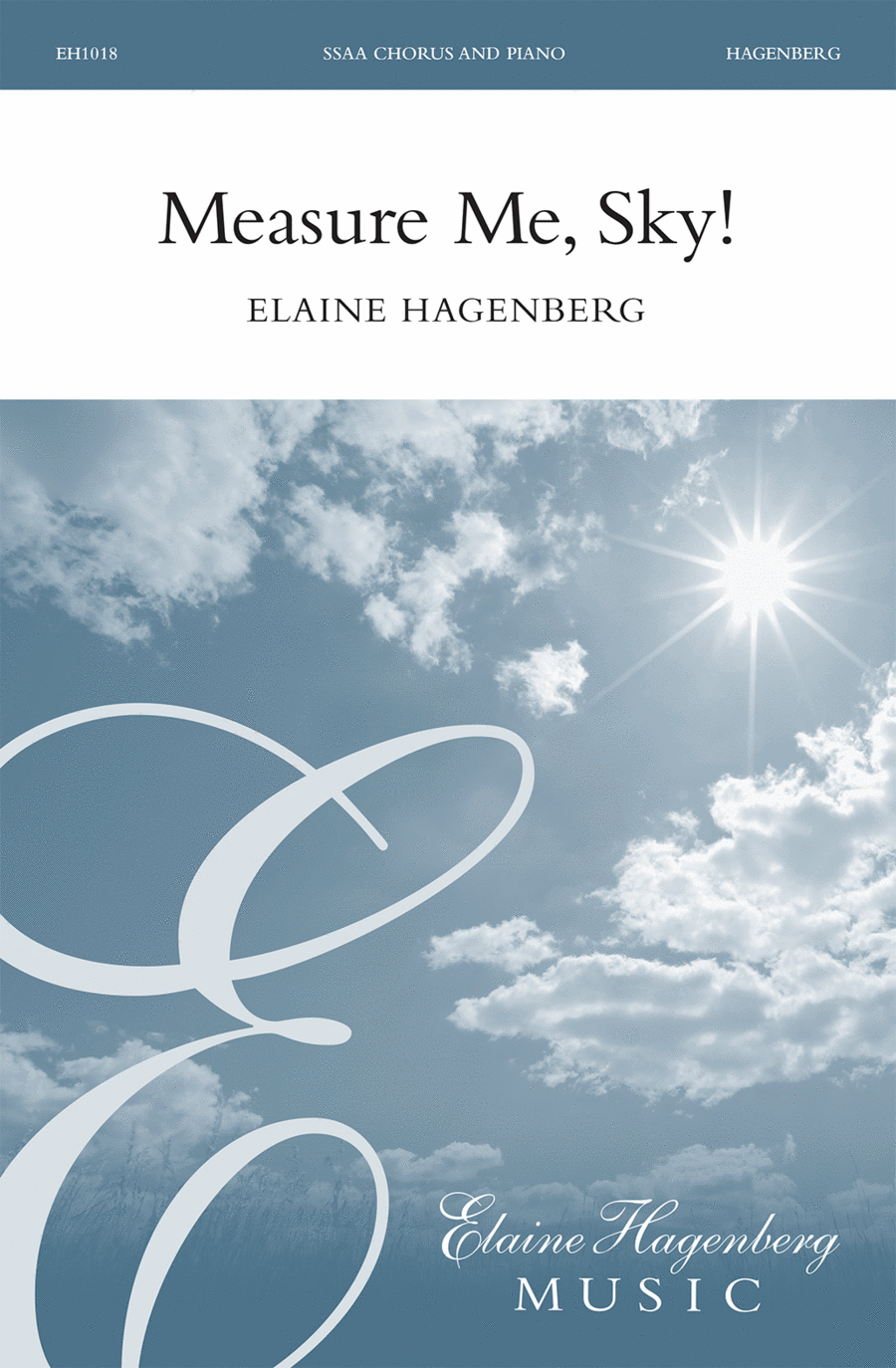Band Bass Clarinet, Bass Drum, Bass Trombone, Bassoon, Bells, Clarinet 1, Clarinet 2, Crash Cymbals, Euphonium, Euphonium T.C., Flute 1, Flute 2, Horn 1, Horn 2, Mallet Percussion, Oboe, Percussion 1, Percussion 2, Percussion 3, Piccolo, Snare Drum and more. - Grade 3
SKU: CF.CPS244
Composed by Michael Boo. Folio. Cps. Set of Score and Parts. 1+8+8+4+8+8+2+2+4+4+2+2+8+8+4+4+6+6+3+2+1+2+1+1+1+4+4+2+20 pages. Duration 3 minutes, 16 seconds. Carl Fischer Music #CPS244. Published by Carl Fischer Music (CF.CPS244).
ISBN 9781491157985. UPC: 680160916580. 9 x 12 inches.
On Wings of Flight is a jubilant, short overture that is meant to convey the wonder of soaring high above the ground. Programmatically, it can represent either the flight of birds or aircraft. Donat be concerned if you donat have some of the lower voice color instruments such as bass clarinet, baritone saxophone, and/or bassoon. Those instruments are doubled in the low brass. Bass trombone isnat essential as it doubles tuba, but a lack or scarcity of bass trombone and/or tuba isnat critical if you do have those other low woodwinds. The repetitive eighth-note accents should be lighter than normal so the ongoing effect is more propulsive than heavy. Keep those eighth-note patterns locked into the tempo so the band refrains from unwittingly accelerating. Think of the legato accented notes as slightly separated as opposed to being slurred. When the accented whole notes surrounded by rests are played, be sure they are held out for a full four counts. Save the crescendo for m. 19 and quickly drop back down in volume at m. 21. At m. 31, the whole notes do not crescendo to the same ff volume as the melody. Those parts are to save their crescendo for m. 35. Pay attention to the instruments that do not diminuendo at m. 39. In the slower section after m. 41, be careful that the diminuendos on the half notes donat sag in pitch as the notes get softer. Trumpets and horns at m. 49 must not play their notes as accents. Give particular attention to the diminuendos in the melody at m. 56, so that they fade out as the volume of the other instruments grows. The accented notes at mm. 85 and 86 should each be heard through the volume of the rest of the instruments, so that the addition of each pitch is adequately heard. If you wish, you may place more emphasis on the accents in the last two measures of the piece than you did earlier throughout the piece.
On Wings of Flight is a jubilant, short overture that is meant to convey the wonder of soaring high above the ground. Programmatically, it can represent either the flight of birds or aircraft. Don't be concerned if you don't have some of the lower voice color instruments such as bass clarinet, baritone saxophone, and/or bassoon. Those instruments are doubled in the low brass. Bass trombone isn't essential as it doubles tuba, but a lack or scarcity of bass trombone and/or tuba isn't critical if you do have those other low woodwinds. The repetitive eighth-note accents should be lighter than normal so the ongoing effect is more propulsive than heavy. Keep those eighth-note patterns locked into the tempo so the band refrains from unwittingly accelerating. Think of the legato accented notes as slightly separated as opposed to being slurred. When the accented whole notes surrounded by rests are played, be sure they are held out for a full four counts. Save the crescendo for m. 19 and quickly drop back down in volume at m. 21. At m. 31, the whole notes do not crescendo to the same ff volume as the melody. Those parts are to save their crescendo for m. 35. Pay attention to the instruments that do not diminuendo at m. 39. In the slower section after m. 41, be careful that the diminuendos on the half notes don't sag in pitch as the notes get softer. Trumpets and horns at m. 49 must not play their notes as accents. Give particular attention to the diminuendos in the melody at m. 56, so that they fade out as the volume of the other instruments grows. The accented notes at mm. 85 and 86 should each be heard through the volume of the rest of the instruments, so that the addition of each pitch is adequately heard. If you wish, you may place more emphasis on the accents in the last two measures of the piece than you did earlier throughout the piece.
On Wings of Flight is a jubilant, short overture that is meant to convey the wonder of soaring high above the ground. Programmatically, it can represent either the flight of birds or aircraft.Donât be concerned if you donât have some of the lower voice color instruments such as bass clarinet, baritone saxophone, and/or bassoon. Those instruments are doubled in the low brass. Bass trombone isnât essential as it doubles tuba, but a lack or scarcity of bass trombone and/or tuba isnât critical if you do have those other low woodwinds.The repetitive eighth-note accents should be lighter than normal so the ongoing effect is more propulsive than heavy. Keep those eighth-note patterns locked into the tempo so the band refrains from unwittingly accelerating. Think of the legato accented notes as slightly separated as opposed to being slurred.When the accented whole notes surrounded by rests are played, be sure they are held out for a full four counts. Save the crescendo for m. 19 and quickly drop back down in volume at m. 21. At m. 31, the whole notes do not crescendo to the same ff volume as the melody. Those parts are to save their crescendo for m. 35. Pay attention to the instruments that do not diminuendo at m. 39.In the slower section after m. 41, be careful that the diminuendos on the half notes donât sag in pitch as the notes get softer. Trumpets and horns at m. 49 must not play their notes as accents. Give particular attention to the diminuendos in the melody at m. 56, so that they fade out as the volume of the other instruments grows.The accented notes at mm. 85 and 86 should each be heard through the volume of the rest of the instruments, so that the addition of each pitch is adequately heard. If you wish, you may place more emphasis on the accents in the last two measures of the piece than you did earlier throughout the piece.
Publisher : Carl Fischer $85.00 - See more - Buy online
$85.00 - See more - Buy online
 (AMERICAN COMPANY)
(AMERICAN COMPANY) 